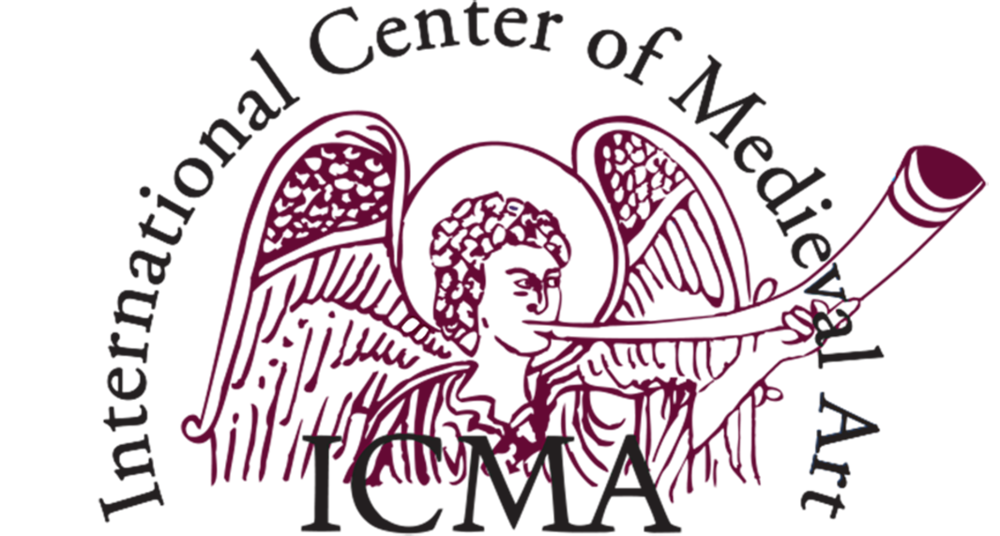Citric Infinity: Limestone and the Sublime
Sublimity reveals a reverent connection between humanity and the material world and the awesome, construed as the divine in medieval Christian philosophy. Religious philosophy belongs forthright in discussions of the sublime, as the concept is deeply rooted in people's all-consuming devotional practices in the Middle Ages. Both physical and metaphorical considerations of artistic materials are therefore integral to understanding these practices. Limestone was a foundational material in the construction of the medieval world, from small biblical narrative sculptures to grand, imposing churches. This essay explores limestone's materiality relative to the sublime and the concept of infinity. My central questions expand on the interdisciplinary use of limestone and other materials together, relationships between biblical narrative and limestone, and what role limestone held in the spatialization of the Medieval Period. I employ an in-depth analysis of the limestone Last Supper sculpture on view at the Metropolitan Museum of Art as an attempt to expound upon compositional, architectural, and narrative connections between examples of medieval limestone usage. With special attention to Late Medieval Germany, I examine the application of limestone in the creation and perpetuality of sacred spaces. I argue there is a link between God's infinity and material infinity, and therefore several analyses for the use of limestone in sacred spheres. By taking a metaphysical approach to understanding the multifaceted nature of limestone as both a physical material and divine agent, I question the notions of space, time, and sanctity together. The material is therefore an actor in faith and fear.
Click here for the Essays & Lectures Page for the Essay.
